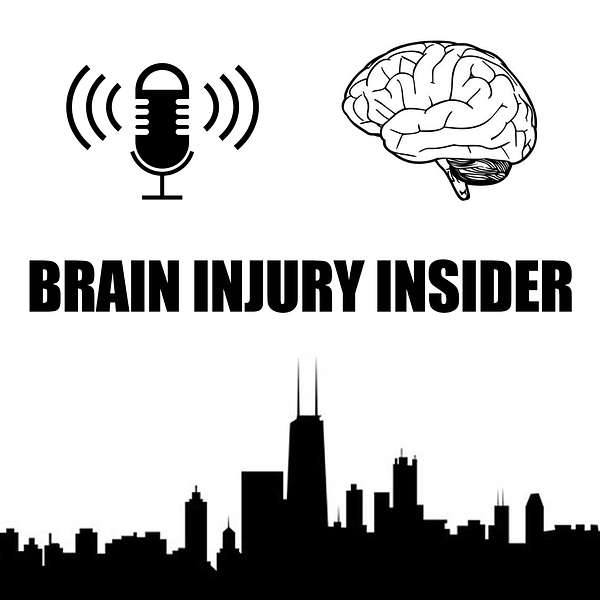
Brain Injury Insider
Brain Injury Insider
Brain Injury Insider Episode 133: CTE, Concussions & the Midtown Manhattan Tragedy
Today, I would like to discuss the tragic midtown Manhattan shooting on July 28, 2025, in which the shooter—Shane Devon Tamura, a 27‑year‑old former high school football player left a suicide note claiming he suffered from CTE, or chronic traumatic encephalopathy, and blamed the NFL for concealing the dangers of football. He asked for his brain to be studied post‑mortem.
Tamura never played in the NFL—he only played in high school—and there’s conflicting information regarding a history of head trauma or concussions. CTE can only be diagnosed via autopsy.
CTE is a degenerative brain disease marked by abnormal tau protein build‑up.
Symptoms typically appear years after repeated head impacts including memory loss, confusion, mood swings, depression, aggression, and suicidal thoughts.
CTE is not exclusive to football. Repetitive sub concussive hits—or those without obvious symptoms—can be harmful.
It affects not only professional athletes but also high school and college players, as well as athletes in hockey, boxing, soccer, rugby, and even military veterans.
Repetitive head trauma, early exposure to head trauma and concussions, or even repetitive head trauma—especially when not fully recovered from—pose serious risks, even at amateur levels, and can contribute to the development of CTE.
Athletes, coaches, parents, and officials need to be educated to recognize the symptoms of a concussion including headaches, confusion, dizziness, sensitivity to light/sound, and emotional changes.
If there’s any suspicion of a concussion—“when in doubt, keep them out”. No matter the level or sport. Slow, conservative return‑to‑play protocols must be enforced; rest and medical clearance should be required before resuming activity.
My partner Shana De Caro and I opposed the NFL settlement before the Court of Appeals and the United States Supreme Court. We showed the NFL settlement failed to compensate the vast majority of players who suffered the effects of repetitive head trauma.
Discussing CTE we informed the Court, the existing NFL concussion settlement placed an unfair deadline: only players diagnosed with CTE by a certain date could qualify. That excluded many who developed symptoms later in life and were confirmed only after the cut‑off.
Players who were posthumously diagnosed after the settlement deadline could not take part —and were left without support or compensation
This tragedy underscores the need to reconsider how eligibility criteria are structured, what support exists for later‑onset cases, and how funding must follow the science—not arbitrary time limits.”
We mourn all the victims of this shooting.
Tamura’s beliefs—and the mental health crisis he endured—highlight that unresolved trauma, isolation, and untreated symptoms can spiral into tragedy.
But whether or not he actually had CTE, this incident shines a harsh light on the broader consequences of repetitive head injuries across sports.
Watch this episode on YouTube at https://youtu.be/y763R4lcU60
Brain Injury Insider is a weekly podcast by The Brain Injury Law Firm ®, De Caro & Kaplen, LLP.
Host Michael Kaplen is a passionate advocate of the rights of brain injury survivors, and has been fighting on their behalf for over 40 years.
De Caro & Kaplen, LLP
228 E. 45th Street, Suite 1100, New York, NY 10017
Toll Free: (866) 272-4652
e: help@brainlaw.com
brainlaw.com